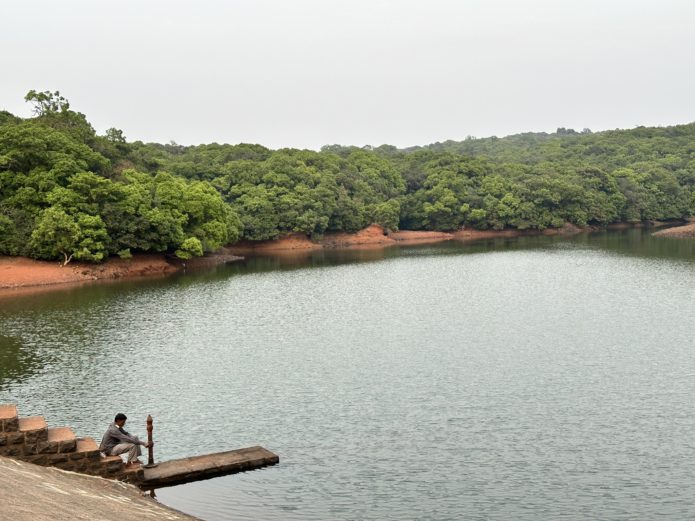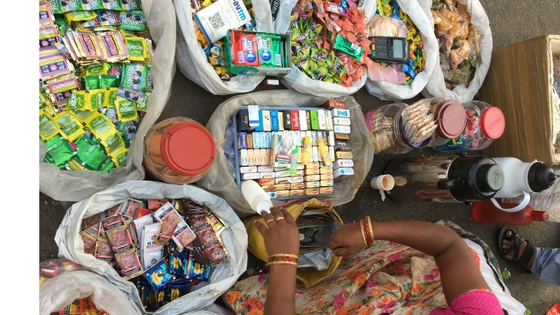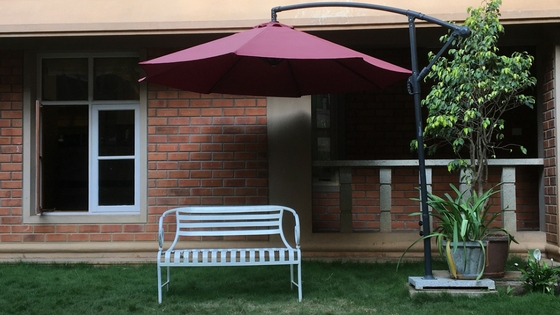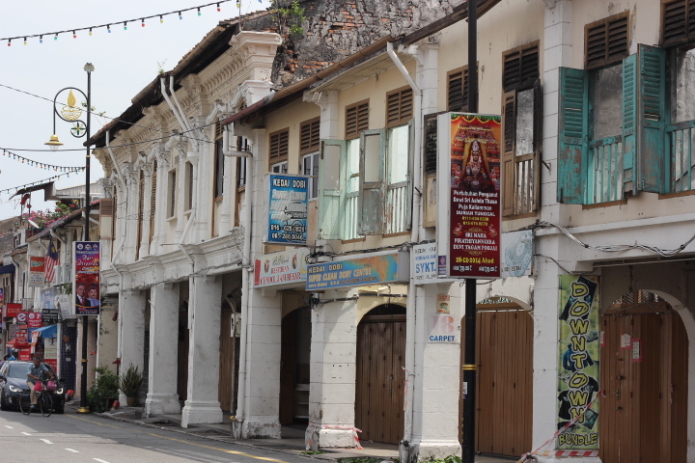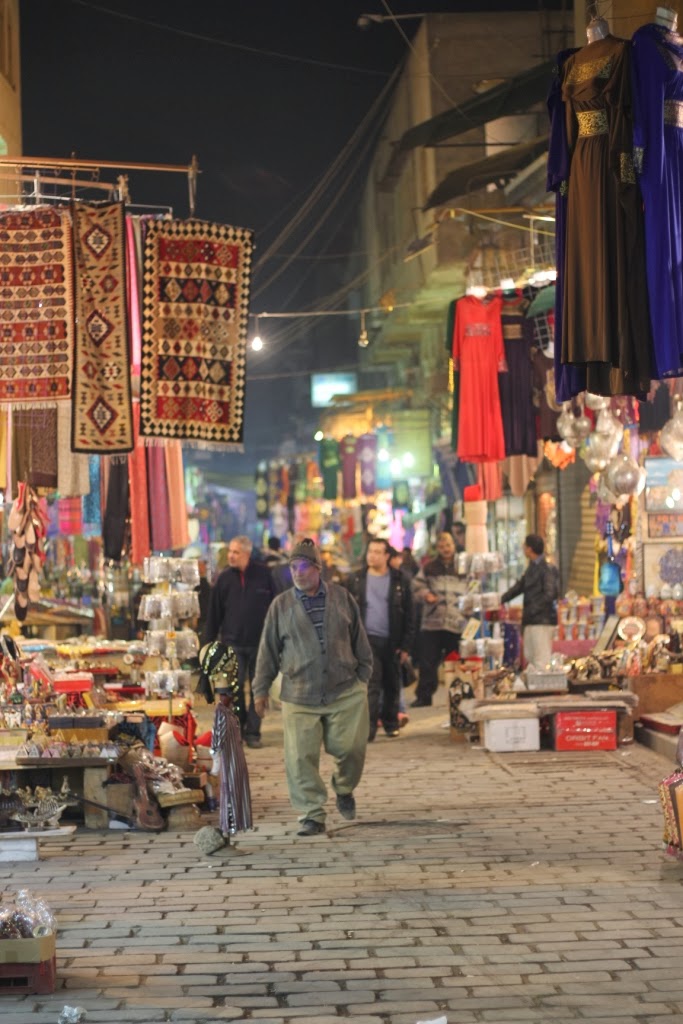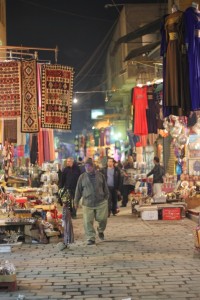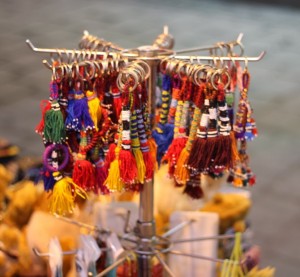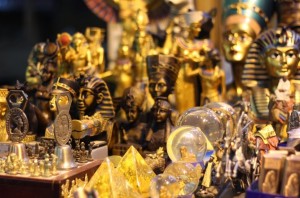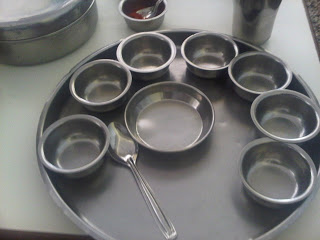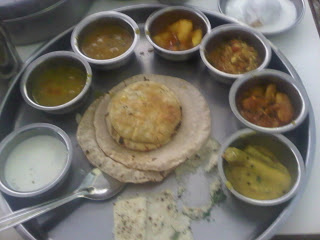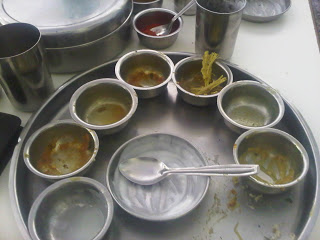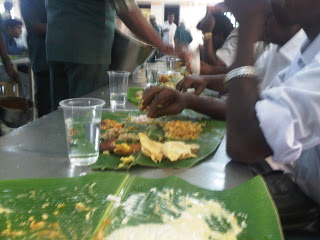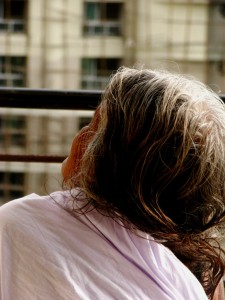It was around 6.30 AM at Hyderabad’s HITECH City. Tall buildings with glass facades dot the scant skyline. Just across the road, even as young people streamed in and out with nonchalance, she sat. She sold to the young people short eats, cigarettes, hot tea and the like. Each of her categories on sale was stacked in a sack. Each sack sitting on the road, just as she was. Sitting pretty in one of the stacks was a credit card Point of Sale, swipe machine. Another held a QR code for cashless transactions. That I was spotting this after hearing a day full of praise for technology at SHRMTech’18 ( SHRM India’s annual Tech conference) was not lost on me. The knocks on traditional boundaries accentuated by education and access were loud. This was technology moving from the margins to the middle!
More about that later.
For now, SHRM Tech 18. The conference has grown from where it started four years ago. This time too, it ticked all the right boxes. It had HR leaders and tech folks hold court, talk neat and walk tall. It had a dazzling array of exhibitors. From a Tata Car to plain old (or was it new) tea, to tech solutions to every conceivable HR Challenge. It had its share of arc lights, awards, survey results, music, debate and the like. Perhaps to accentuate the accent on tech, it even had a robot, inviting a speaker on stage. All in all, it was pretty neat.
If you missed it this time, please do look up #SHRMTech18 on twitter and you will get most of what happened on the stage. You are pretty much sorted if you seek to pick up that kind of action.
I go to such conferences for another reason. And that is to catch the moments in-between the stage shows and indulge in conversation. To listen in and hear more. To absorb the questions that are being asked and the live experiences that are shared. Away from the arc lights naked truth often makes a shy appearance. Often in the form of a sigh or a silence. Sometimes in a steady argument and expert deflection of an uncomfortable question. At other times, providing facts, data, stories, and interpretation of how things are working.
All of these are fascinating for several reasons. They reveal what’s on the horizon. What’s dying. What’s real and what is being dealt with. What opportunities are surfacing in the future and the dilemmas that are alive. They also bring alive, what’s being missed. Whilst a lot of what I have taken home stays with my notes and requires conversation and processing there were moments that held my attention. Here are my top three from a longer list.
Vineet Nayar kicked off the conference talking about the need to put the human being at the centre of the employee experience. That made a heap of sense. Even as technology is ‘Moving from the margins to the Middle’, replacing the human experience with technology needs to guarded against. Technology for technology’s sake is going to lead us up a garden path with no garden in tow. In a world replete with tech solutions, discovering our ‘human’ element is getting to be a taller ask. Not because of limitations with technology! To me, that message had the potency of setting a kitten amongst several pigeons.
Jayesh Ranjan, Secretary, Information Technology (IT); Government of Telangana, made a strong and persuasive pitch for Telangana. He courted the right audience with necessary facts and presented them in easy consumable chunks. Stories of state governments getting competitive and seeking investments are the new norm. That norm was taken a few notches higher by the articulate IAS officer.
On a different panel on Women in Tech. Dr.Ritu Anand from TCS spoke from personal experience about what it takes to lead (& that had nothing to do with gender) and that was lovely. Lost amongst the discussion was the fact that much of what was discussed alluded to programmes aimed at (& done ‘to’ ) women employees. It is both a familiar and a line of thought that falls woefully inadequate. The debate needs to continue.
Of course, there was Sunita Bhuyan and her music in full flow. Her piece titled ‘Conversations’ was more than mere music to the ear. On the sidelines, the catch up with a number of friends and colleagues was well worth the effort to get there. Some of them are doing some stellar stuff and am so looking forward to seeing it all come alive.
The new middle:
Back to the lady who sold me two full plastic cups of tea for Rs.15. Sitting on the pavement with the Credit Card machine carelessly tossed on a stack of goodies. She to me exemplifies someone who has kept her ear close to the ground. The changing tone of currency in her customer’s wallet has necessitated her adopting new ways of seeking a share. An innate understanding of ground realities of business helps choose, design and work with technology.
Technology is an enabler. Technology is not the reason for us to get to work. Whilst discussing technology we have to bear in mind that work needs reshaping. Slapping layers of cutting edge technology on fossilised ways of thinking is not going to get anyone anywhere. Unless you are talking about taking a few steps back!
Of these, we need to have more conversations on. The changing societal contexts. The need for finding meaning in work. Changing work in itself. What needs rewiring and rewriting are not the wires that connect our computers or the codes that run in them, as much as our own minds. It was Sherry Turkle who said something about our tools.

Even as we continue to ride on our high horses of tech progress with pounding hoofs and half breaths, we must pause to examine what it’s doing to the fabric of our workplaces. Change is multi-dimensional. HR leaders must pause, converse, examine, reflect on all the nodes each tech change is touching off.
One more thing. Change is tough. Change in the tech space is not linear but occurs in seismic shifts.
That necessitates change being held together with care. It is those that experiment with these changes that will get somewhere. Experiments, by definition, don’t have assured successes. We need to keep working with our head as close to the ground as possible. And that is not easy. But it is possible. And change happens in the moment with bold leaps and application of mind. We have never been limited by technology as much as we have been by our imagination.
Moving from the margin to the middle is often facilitated by leaps of faith and experiments. Experiments that seek both courage and investments. The lady who sold me two cups of tea and three different ways of concluding the deal taught me a thing or two about courage. The courage to move beyond algorithmic responses and robotic monotony in decision making is much needed. We could all learn a thing or two from her.
Disclosure: SHRM facilitated my participation in the conference as a member of the ‘blog squad’


